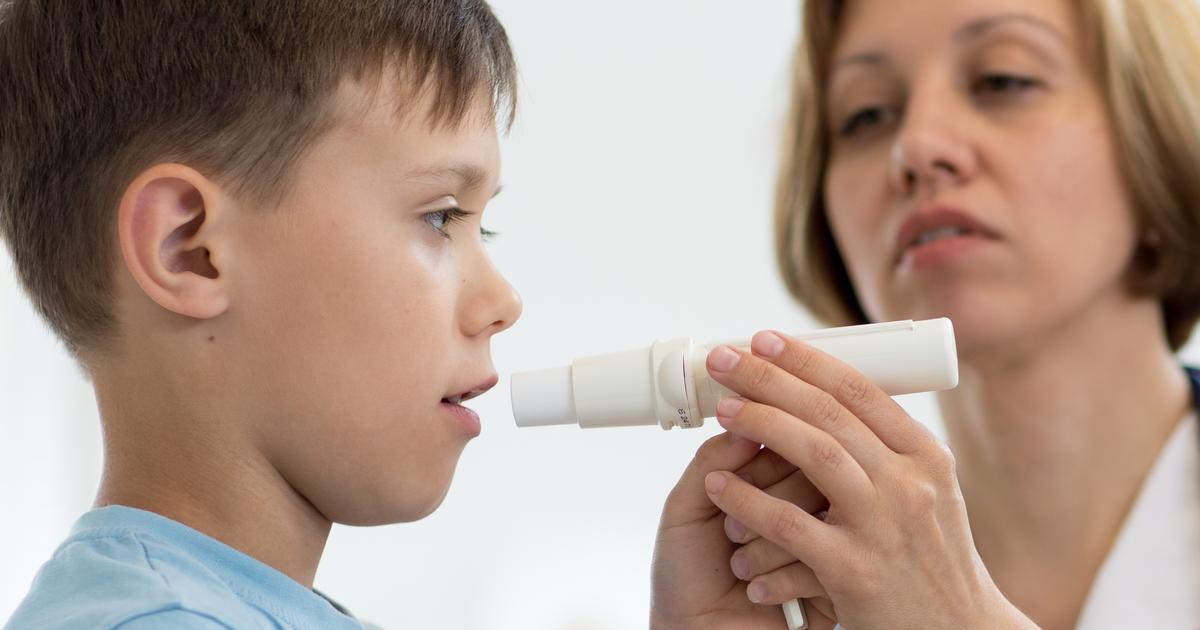How To Prevent And Treat Croup
Croup, often identified by a barking cough, is an infection of the upper respiratory tract that can obstruct breathing. Often, croup begins as a common cold that develops inflammation. It can cause swelling around the vocal cords, windpipe, and bronchial tubes, which in turn results in a wheezing sound when breathing. This issue is usually found in children and often resolves in a few days to a week. Those with croup may also have a fever, hoarse voice, and labored or noisy breathing. For many children with croup, they may notice the symptoms worsen at night, often making it difficult to get a good night’s sleep. These tips can help ease much of the discomfort of croup until the problem resolves. But first, get to know how croup is diagnosed now.
Croup, often identified by a barking cough, is an infection of the upper respiratory tract that can obstruct breathing. Often, croup begins as a common cold that develops inflammation. It can cause swelling around the vocal cords, windpipe, and bronchial tubes, which in turn results in a wheezing sound when breathing. This issue is usually found in children and often resolves in a few days to a week. Patients with croup may also have a fever, hoarse voice, and labored or noisy breathing. For many children with croup, they may notice symptoms worsen at night, often making it difficult to get a good night’s sleep. These tips can help ease much of the discomfort of croup until the problem resolves. But first, get to know how croup is diagnosed now.
Diagnosing Croup

Although parents who have dealt with croup before, whether with the same child or another child, may recognize it, a doctor's diagnosis is still required for the best treatment to be administered. A doctor will typically do three things when diagnosing croup: watching the child's breathing, examining the condition of their throat, and listening to their chest with a stethoscope. In some instances, doctors will also need X-rays or other tests to rule out other illnesses. These additional tests are often required when it's the child's first potential case of croup, if it's a new doctor, or if there is something potentially abnormal with the child's symptoms as they apply to croup.
Lots Of Fluids

Lots of fluids can be beneficial in almost every illness. With croup, children can lose a lot of fluids from coughing, crying, and even sweating from the fever. It is important to ensure children get plenty of fluids to prevent dehydration. Proper hydration is vital for fighting infections and maintaining other bodily functions.
Lots of fluids can also help soothe a sore throat and irritation. Warm drinks can help when a cough is particularly bad or painful. Popsicles are also a sweet treat for a child with croup, as they provide fluids while soothing a sore throat. It is often an easy treat to give a child during this time when they may be avoiding other foods and drinks due to pain.
